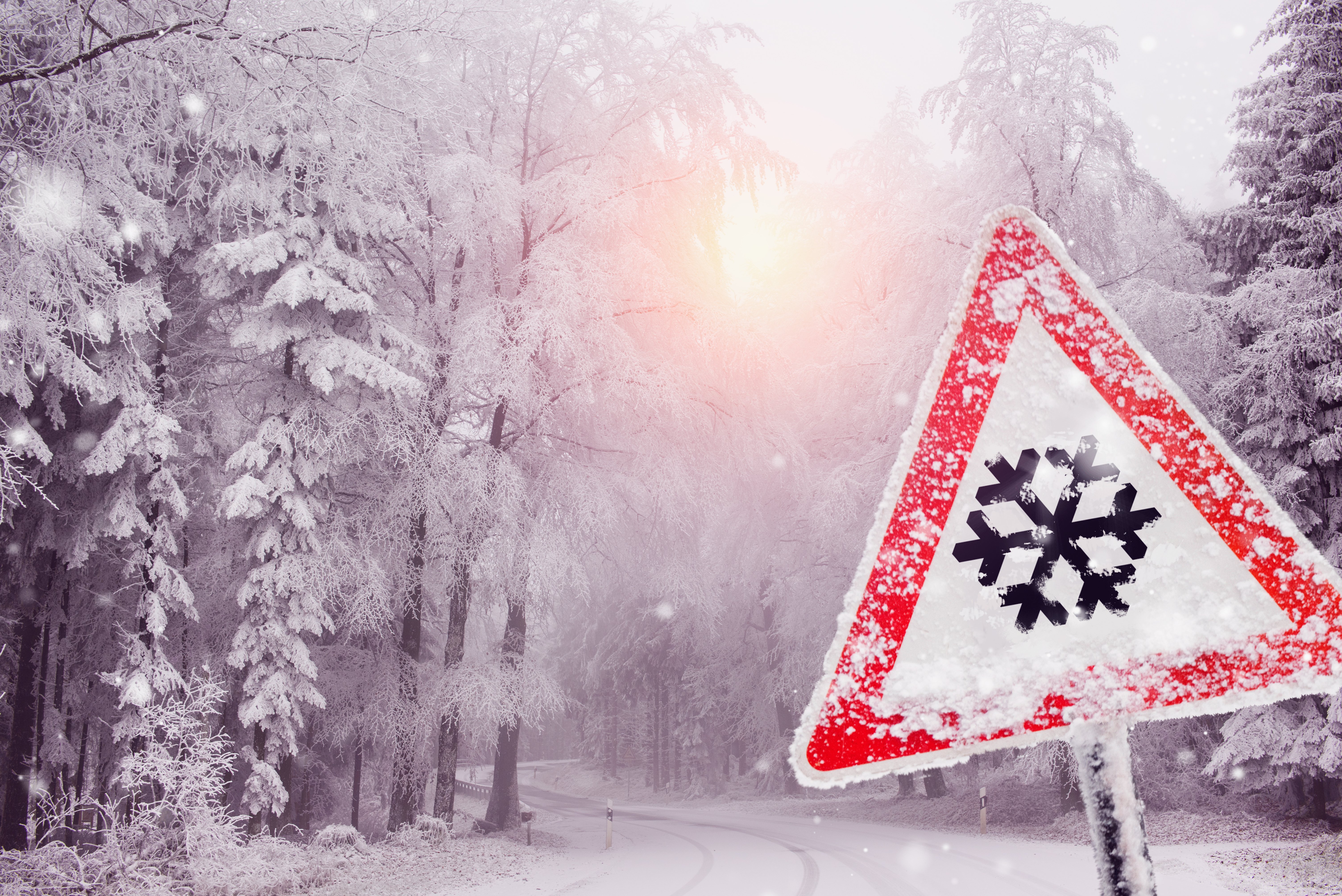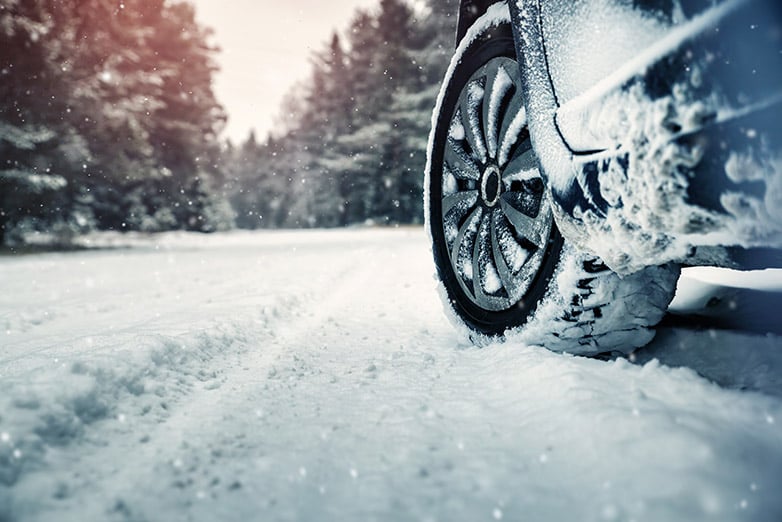
Getting behind the wheel of a vehicle is a responsibility that should never be underestimated, and this is particularly crucial during the winter season. When winter conditions become challenging, drivers must navigate additional factors alongside the everyday safety threats they already encounter.
The winter months introduce a distinctive set of concerns, with snow and ice being particularly noteworthy.
Statistics from the U.S. Department of Transportation show that each year 24 percent of all weather-related crashes take place on pavement that is snowy or icy, and about 15 percent of crashes happen when snow or sleet is falling.
Knowing how to handle winter driving conditions and learning to adjust your driving habits when the weather takes a wintry turn are key to making it through the season safely.
Making sure that you’re prepared to deal with winter conditions is the first step toward a safer winter.
What Are the Most Common Winter Weather Driving Mistakes?
Here’s a look at five of the top mistakes drivers make in winter driving conditions and what you can do to avoid them.
1. Going Too Fast for the Road Conditions
When bad weather hits, whether it involves limited visibility due to fog and rain or slippery conditions like icy pavements and snow-covered roads, prioritizing a speed adjustment is crucial.
Speed limits are established for optimal road conditions, typically dry pavement and clear visibility. However, in wet, icy, or snowy weather, it's prudent to reduce your speed. While slowing down may feel inconvenient, it significantly enhances safety and provides better control over your vehicle.
Arriving home safely is undoubtedly faster than finding yourself in a precarious situation, be it in a ditch or at the hospital.
2. Not Allowing Enough Distance Between Vehicles
Space between vehicles is particularly important in icy conditions or in any situation where you could easily lose traction.
Remember that it will take you longer to slow down or stop in these conditions, not to mention being more difficult to maneuver your car from one lane to another if necessary.
Create space around your vehicle and always look at your position in traffic so you can Leave Yourself an Out®.
Resist the urge to tailgate in slow-moving traffic. It's essential to recognize that driving too closely to the vehicle in front of you can divert your attention to their bumper, hindering your ability to observe the surroundings and anticipate road hazards.
Simultaneously, remain vigilant about what's happening in your rearview mirror. Rear-end collisions are the most prevalent type of crash in adverse weather conditions.
3. Not Making Yourself Seen
If other vehicles can’t see you, you’re in danger. Keep in mind Key 5. Make Sure They See You®. Turn on your headlights — not just your running lights — to ensure that both your headlights and taillights are clearly visible to those around you.
Use blinkers to give notice of your intention to change lanes or turn, and tap your brakes if you need to send a message to the vehicle behind you that they’re traveling a little too close.
Be particularly cautious at intersections and be mindful of other drivers’ blind spots. If they can’t see you, you aren’t safe.
4. Bundling Up
Yes, that warm, bulky coat keeps you toasty when you’re outside, but once you slide into the driver’s seat, you’re better off without it.
Winter wear like boots, bulky coats, hats and gloves can actually be a liability when you’re behind the wheel.
Big boots make it hard to feel the responsiveness of your brake, clutch and gas pedals, and can even be too wide for your foot to move easily on and off the pedals.
Watch out for soles that are wet from walking in the snow; they can slide off the pedal.
Hats limit your visibility, while a bulky coat may make it difficult to look over your shoulder and limit sight lines.
Finally, a pair of gloves or mittens that are slippery can be hazardous on the wheel. Your best plan is to change into driving shoes and use the heater and seat warmers to keep you warm inside the vehicle.
Leave the boots and bulky outerwear in the back seat.
5. Not Expecting the Unexpected
Winter weather often changes abruptly, and that can lead to everything from getting stuck in traffic with dozens of other cars to ending up in a ditch by yourself.
As the season begins, every driver should load up on winter essentials. Make sure you stow the following in your vehicle:
- An emergency first aid kit
- A warm blanket
- An extra change of warm clothes
- A collapsible shovel
- High-energy snacks
- A water bottle
- Paper towels
- Sand or kitty litter (to provide traction if you get stuck)
- Flares
In addition, you should always have a tow chain and jumper cables in your car, and keep a spare phone charger in the glove box.
Preparing for a Season of Winter Driving
Preparing for changing seasons and the challenges of winter weather is crucial for a safer driving experience.
Investing time in understanding the impact of adverse weather conditions and learning how to manage your vehicle accordingly can significantly enhance your safety on the road.
While The Smith5Keys® principles are effective in all weather conditions, they prove particularly valuable when faced with winter weather. Adhering to The Smith5Keys® in winter conditions can prevent you from getting stuck, stranded, or encountering more severe consequences.
Regardless of your vehicle type, weather conditions pose a significant threat not only to you but to everyone sharing the road. Smith System’s Driving Weather provides valuable insights to help drivers adapt their habits to changing weather conditions. Equip yourself with the skills needed to navigate the challenges of winter driving using the proven methodology of Smith System.








